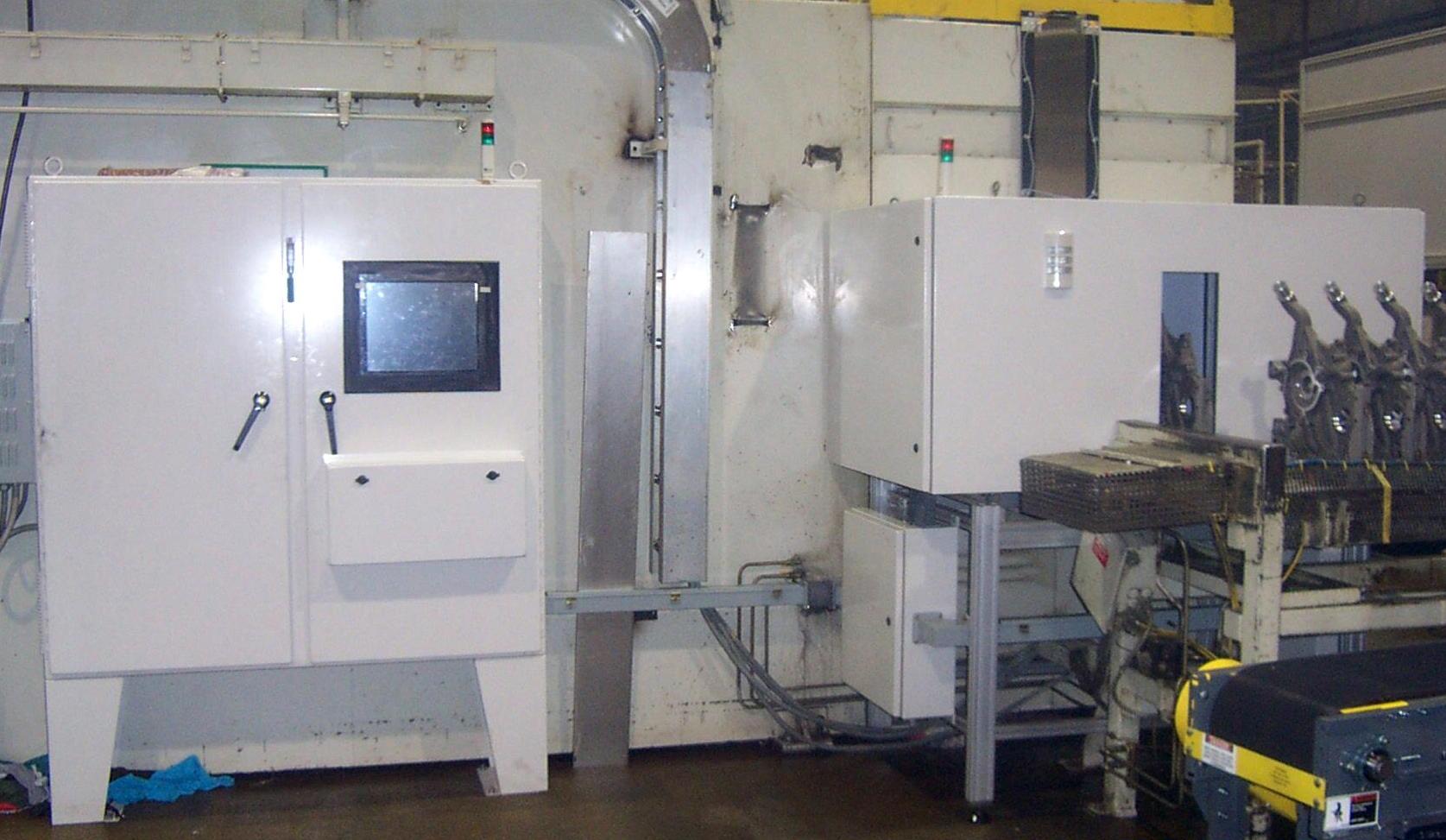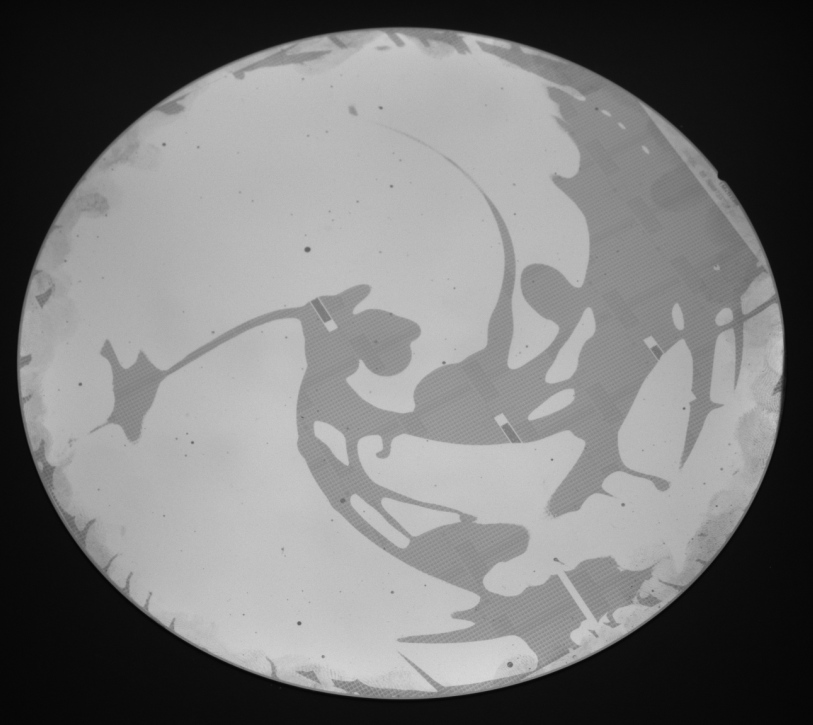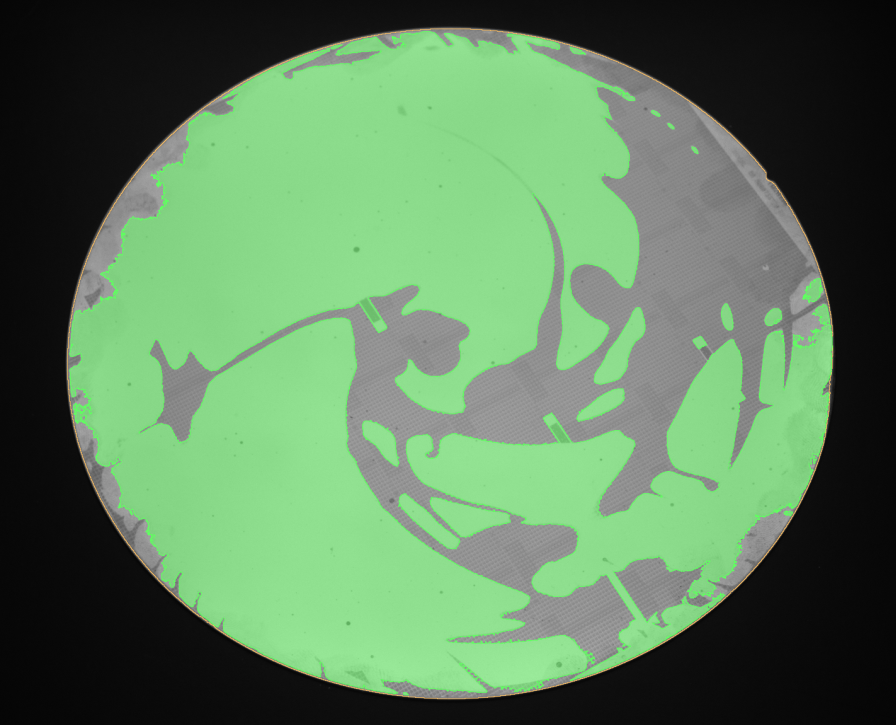Surface Inspection Systems
Phoenix Imaging has specific expertise in surface
inspection applications. Surface Inspection refers to isolation of
features on a surface that are not common with component structure.
Surface imperfections are referred to by many names, the most common names
attributed to the these are: scratches, dents, dings, surface roughness,
porosity, abrasions, pits, blisters, etc.. Whether the surface
imperfection appears on glass, plastic, stamped metal components, precision cast
components, machined metal components, or other substrates a Surface Inspection
System can be designed to isolate and measure them. There are several
common techniques often employed in the design and manufacture of the surface
inspection system but it is important to match the correct technology to
application in order to achieve optimum performance. This is where Phoenix
Imaging can assist you with providing the correct solution, we are the
Surface Inspection Experts!
Porosity Inspection Systems
Porosity Inspection on Machined Metal Components
Porosity
inspection on machined metal components, primarily aluminum and precision
die-cast magnesium castings represents one of the most important uses of the
Phoenix Imaging AVSIS™ automated inspection systems. AVSIS™ (Automated
Visual Surface Inspection System) has been in use finding surface imperfections
since 2001. The AVSIS™ technology has undergone multiple design changes in
the area image acquisition and image processing hardware to increase resolution
and processing speed. The underlining image processing algorithms remain
steadfast industrial trade secrets. Unlike other technologies that claim
to have the ability to perform porosity inspection the AVSIS™ technology works
and works extremely well. The system has be implemented to isolate surface
imperfections as small as 10µm in diameter and with sensor resolutions as small
as 1µm per pixel. Not all applications need that resolution in order to be
functional, in fact most customers do not need or want to isolate suspect
regions of that size.
When
cast components are machined, the fresh cut often exposes sub-surface porosity
that can affect the performance of bearing or sealing surfaces. Phoenix Imaging
has developed and patented several technologies to perform this inspection task
effectively at a reasonable cost to the customer. The applications are
successful because they do not rely of simple image thresholding techniques for
the isolation of defects. Manufactures understand that materials may
exhibit variations in color or appearance and that these variations do not
necessarily mean that the component is not acceptable. Our technology
minimizes "false rejects" and continuous system tuning.
Front Cover Non-Clean Up and Porosity Inspection (See
Porosity Profile 1 for additional information)
In-line inspection at 23 second cycle time, both side of
front cover.

Cylinder Deactivation Plate (See Porosity Profile 2 for
additional information)
Locate component using B&C Datum, position multiple
inspection zones each with different inspection criteria.

Cylinder Deactivation Control
Plate
We have performed surface inspection on a wide range
components and would be happy to evaluate your component using a reduced scale
version of the technology.
Other examples of surface inspection for isolation of
abnormalities.
Silicon Wafer
with Dye Mask


Inside Wall
Transmission Component (Porosity and Tool Chatter)

Inside Wall of
Transmission Component = Porosity on Right End of Image (Larger 440
µm and 205 µm Proximal Length)

| 





















